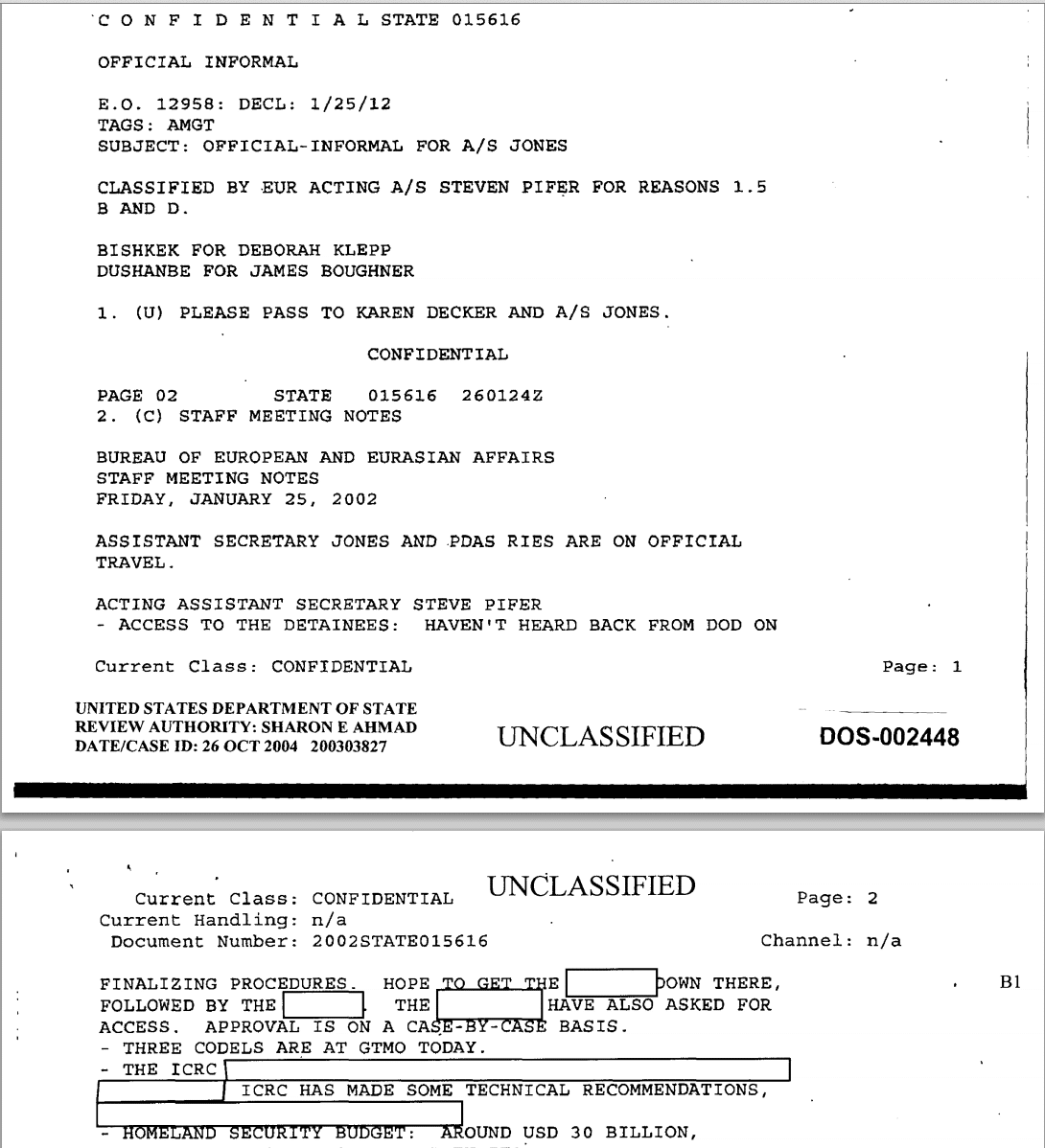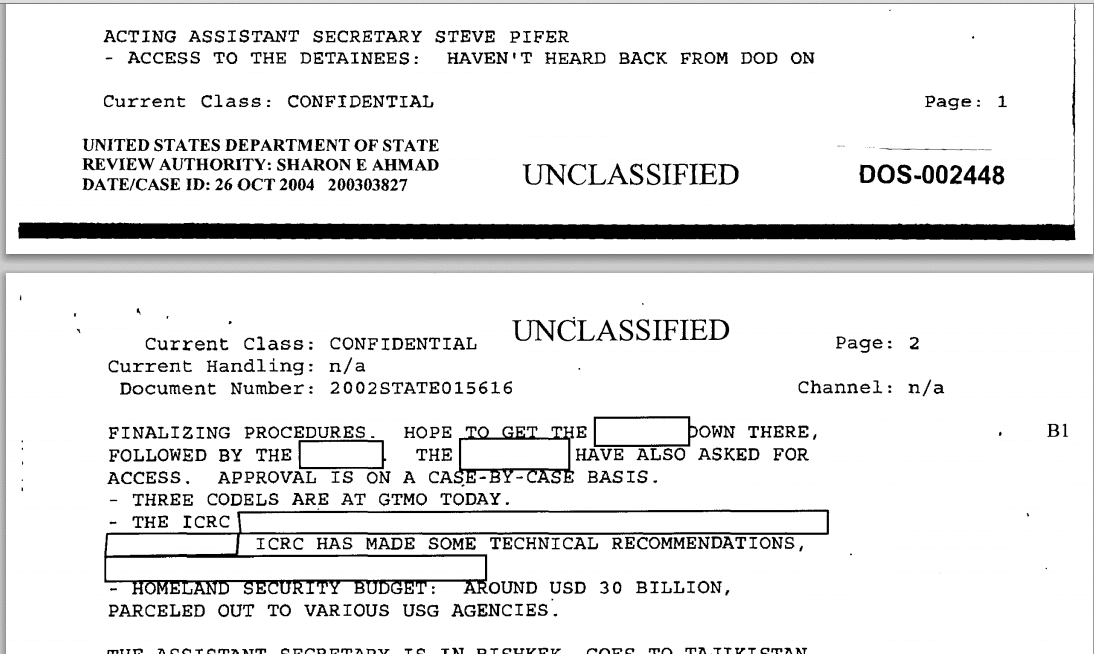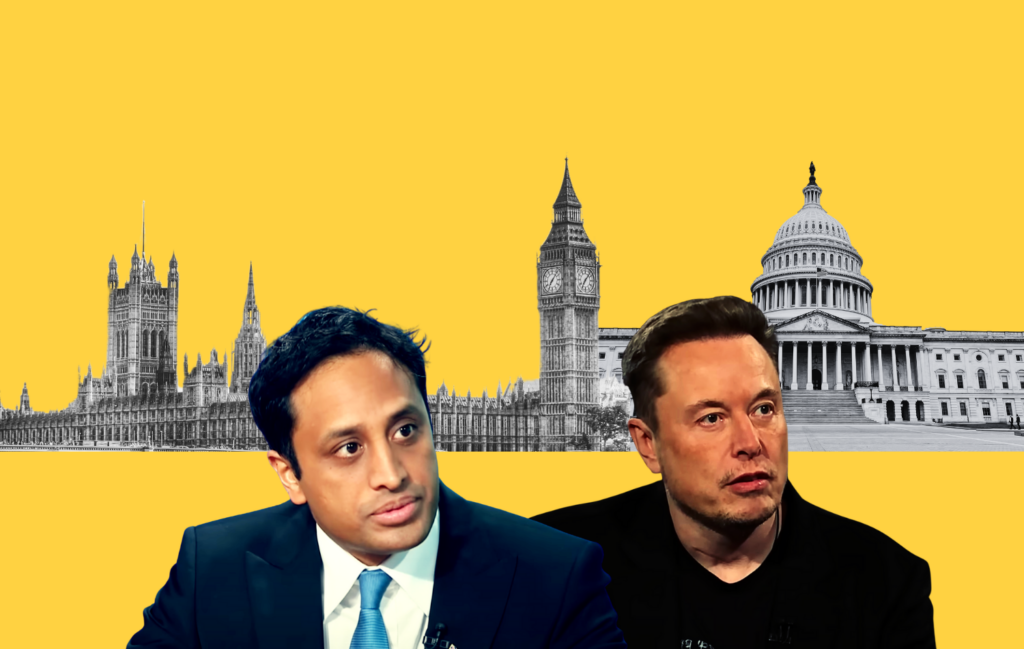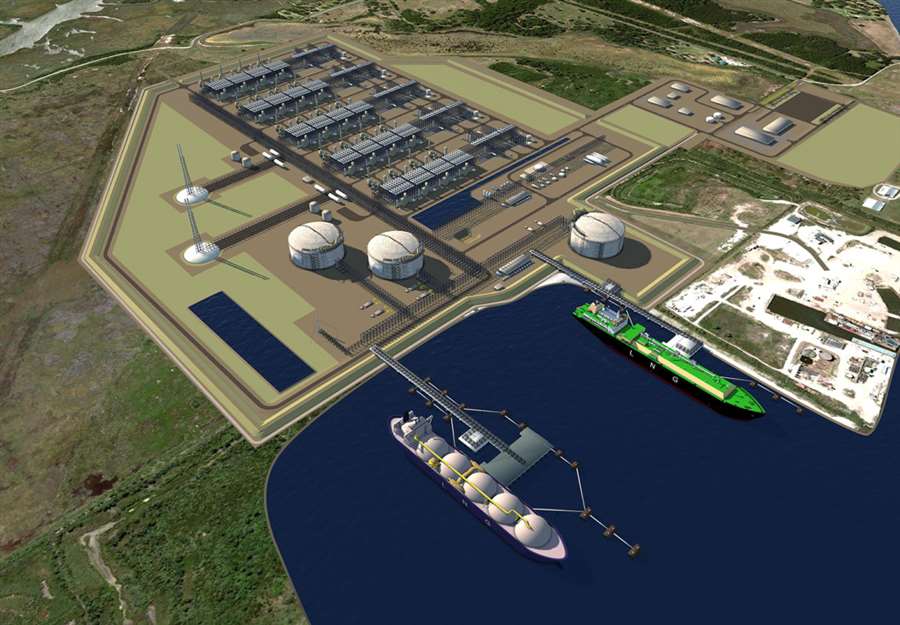The Sierra Club, National Wildlife Federation (NWF) and other green groups recently revealed that pipeline giant Enbridge got U.S. State Department permission in response to its request to construct a U.S.-Canada border-crossing tar sands pipeline without earning an obligatory Presidential Permit.
Enbridge originally applied to the Obama State Department to expand capacity of its Alberta Clipper (now Line 67) pipeline in November 2012, but decided to avoid a “Keystone XL, take two” — or a years-long permitting battle — by creating a complex alternative to move nearly the same amount of diluted bitumen (“dilbit”) across the border.
The move coincides with the upcoming opening for business of Enbridge’s “Keystone XL” clone: the combination of the Alberta Clipper expansion (and now its alternative) on-ramp originating in Alberta and heading eventually to Flanagan, Ill., the Flanagan South pipeline running from Flanagan, Ill. to Cushing, Okla. and the Cushing, Okla. to Port Arthur, Texas Seaway Twin pipeline.
Together, the three pieces will do what TransCanada‘s Keystone XL hopes to do: move dilbit from Alberta’s tar sands to Port Arthur’s refinery row and, in part, the global export market.
Environmental groups have reacted with indignation to the State Department announcement published in the Federal Register on August 18. The public commenting period remains open until September 17.
Jim Murphy, senior counsel for NWF, referred to it as an “illegal scheme,” while a representative from 350.org says Enbridge has learned from the lessons of its corporate compatriot, TransCanada.
“When we blocked Keystone XL, the fossil fuel industry learned that they have a much stronger hand to play in back rooms than on the streets,” said Jason Kowalski, policy director for 350.org. “They will break the law and wreck our climate if that’s what it takes for them to make a buck.”
But as the old adage goes, it takes two to tango.
That is, influential State Department employees helped Enbridge find a way to smuggle an additional 350,000 barrels of tar sands per day across the border without public hearings or an environmental review.
Thus far, those following the issue have described the Enbridge maneuver as some sort of bureaucratic snafu.
“If anyone who’s high up in the State Department actually knew about this, they’d be up in arms,” 350.org’s Kowalski said in a recent interview with EnergyWire in reaction to State’s decision.
The reality, though, is more sordid. That is, higher-ups made this call, not just “bad apples.”
One of them has a key tie to the oil and gas industry, while the other helped lay the groundwork for the controversial “extraordinary rendition” torture program as a Bush Administration State Department attaché.
Patrick Dunn’s Industry Ties
On July 24, State Department staffer Patrick Dunn signed off on a letter rubber-stamping Enbridge’s pipeline chess move. In giving Enbridge authorization on official State Department letterhead, Dunn claimed it was not a form of authorization.
“Enbridge’s intended changes…do not require authorization from the U.S. Department of State,” Dunn wrote in the letter. “[W]e will consider [your] letter and its attachments to amend and to be part of your Presidential Permit for the capcity (sic) expansion in Line 67.”
Dunn’s letter does not give his job title, perhaps leading NWF to write him off as simply a “mid-level State Department official” in an August 25 blog post. His current position and State Department background, however, tells a different story.
A February 2014 letter obtained by DeSmogBlog lists Dunn’s role as deputy office director for the Bureaus of European Affairs, the Western Hemisphere and African Affairs.
More specifically, Dunn heads up the three regions’ bureaus of energy resources, described as a “chief of staff” in an August 11 article published on Dominican Today. That article highlighted Dunn’s efforts — alongside Vice President Joe Biden — to cut deals with the Dominican Republic’s government, turning the country into an importer of gas obtained via hydraulic fracturing (“fracking”) in the U.S.
Before working his way up to the powerful Bureau of Energy Resources, Dunn helped lead numerous U.S. Embassies abroad, including in Honduras and Angola as top economic adviser, and Cape Verde as deputy embassy director.
What came before any of that, though, may go a long way in explaining how he came to oversee such an important cross-border pipeline project in the first place.
According to the Petroleum Equipment Suppliers Association (PESA), Dunn graduated in 1997 from the Association’s Foreign Service Officer Energy Industry Training Program, which is funded in part by the State Department and has a Board of Directors stuffed with oil and gas industry executives.
“PESA‘s Foreign Service Officer Energy Industry Training Program was created in 1993 to increase the practical knowledge of energy attaches and economic officers with responsibility for oil and gas issues stationed in American embassies in countries where energy is a major issue,” reads a Program description.
A glance at PESA‘s website demonstrates that industry executives regularly serve as presenters at the Foreign Service Officer Energy Industry Training Program.
Deborah Klepp’s Ties to Rendition, Corrupt Contracting
Though Dunn wrote the July 24 letter to Enbridge, he is not the only senior level State Department staffer overseeing the Enbridge Alberta Clipper file.
Deborah Klepp, whose name is listed at the very bottom of the State Department’s August 12 announcement on the Alberta Clipper, currently serves as director of the Department of State’s office of environmental quality and transboundary issues.
In the past, she has helped to head up U.S. Embassies in Russia, Kyrgyzstan and Burkina Faso, as well as in Estonia and Poland.
While working as deputy director of the U.S. Embassy in Bishkek, Kyrgyzstan on a two-year appointment starting in July 2001, Klepp knowingly or unknowingly got involved in what many would likely consider her most controversial work at the State Department: planting the seeds of the Bush Administration’s “extraordinary rendition” torture program.
“Finnish authorities identified a single Miami Air flight…that travelled back and forth between Helsinki and Manas U.S. Air Force transit base in Kyrgyzstan in a single day in December 2002,” explains a February 2013 Open Society Foundation report titled, “Globalizing Torture: CIA Secret Detention and Extraordinary Rendition.”
The U.S. Embassy in Bishkek is only a 30-minute drive away from the Transit Center at Manas located at Manas International Airport, which served as a key U.S. military base from 2001-2009. After her time serving in Bishkek, Klepp wrote a paper for the National Defense University about how the U.S. established the base during her time working on the ground there.
Omitted from Klepp’s paper: the sheer amount of corruption and insider dealing involved in maintaining the base from the day that it opened. This resulted in a damning December 2010 congressional investigation on Manas and fuel contracting and other ownership issues.
Deborah Klepp and Guantanamo Bay
Beyond rendition and corruption at Manas, Klepp also had at least some knowledge of torture of prisoners at the Guantanamo Bay detention center in Cuba.
In a document obtained by the American Civil Liberties Union (ACLU) through the Freedom of Information Act (FOIA), then Secretary of State Colin Powell sent a cable in January 2002 to Klepp and James Boughner, at that time the deputy director of the U.S. Embassy in Tajikistan and now head of economic affairs for the U.S. Embassy in Germany.

Image Credit: American Civil Liberties Union (ACLU)
Requesting the cable be passed onto then-U.S. assistant secretary of state for Europe and Eurasia, A. Elizabeth Jones and her executive assistant at the time, Karen Decker, the cable discusses Guantanamo Bay (“GTMO”), “access to the detainees” and three congressional delegations (“CODELs”) to GTMO going on at the time.
That cable also discusses International Committee of the Red Cross (“ICRC) “technical recommendations,” but the State Department redacted what those recommendations were.
Image Credit: American Civil Liberties Union (ACLU)
The New York Times revealed in 2004 that a confidential ICRC memo stated the “American military [had] intentionally used psychological and sometimes physical coercion ‘tantamount to torture’ on prisoners at Guantanamo.”
Klepp’s husband Mark B. Horowitz — determined by viewing property records — also formerly served as a senior-level State Department employee. A 2012 State Department telephone directory lists Horowitz as an employee of the Office of Information Resource Management, where he served as ”ISSO (For S/ES Only).”
In the tech world, “ISSO” is shorthand for Information System Security Officer or Chief Information Security Officer, who oversees institutional computer system networks and online infrastructure.
“Local Corrupt Practices”
An October 2008 State Department diplomatic cable provided to Wikileaks by whistleblower Chelsea Manning discusses what Columbia University political scientist Alexander Cooley describes as the “local rules” of doing business in Kyrgyzstan and the Central Asian region at-large.
“[O]ne businessman said that doing business here is ‘like doing business in the Yukon’ in the nineteenth century, i.e. only those willing to participate in local corrupt practices are able to make any money,” explains the cable.
But the latest wheeling and dealing by Enbridge raises a troubling question: have the “local corrupt practices” conducted by State Department diplomats abroad snaked their way home in order to help the tar sands export industry?
Photo Credit: Wikimedia Commons
Subscribe to our newsletter
Stay up to date with DeSmog news and alerts








